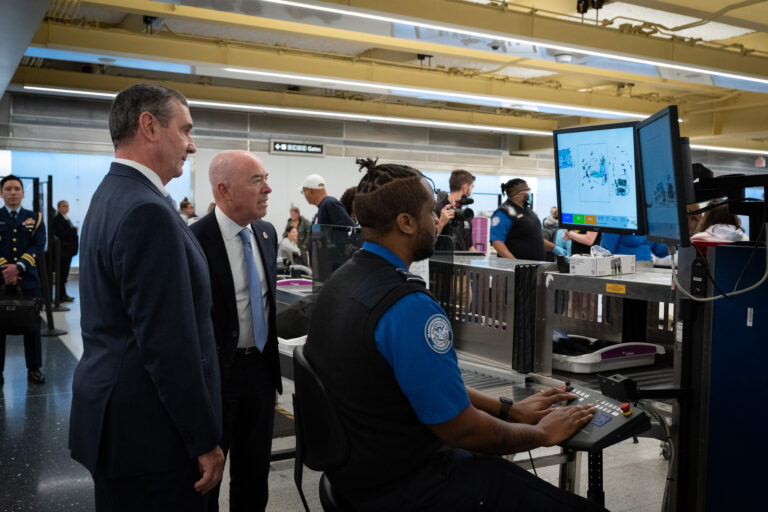Researchers at the Queensland University of Technology (QUT) have used eye-tracking to study airport security screeners’ performance during the different visual inspection phases of a screening task.
The study was conducted under normal task conditions and involved four groups of screeners with varying levels of experience: beginner, inexperienced, experienced and expert. Thirty-nine professional security screeners were observed on the job performing x-ray screening at an Australian international airport. Video and eye-tracking data was collected and analyzed to explore activity phases and problem solving strategies. The research enabled the researchers to identify problem solving as essential to a security screener’s job.
“They use interface functions that, for example, change the visual appearance of images, and they also interact with other staff to help them make decisions, such as whether an object is a threat or not,” said Dr Levi Swann, a senior lecturer in industrial design within the QUT School of Design. “We found that the extent of problem solving performed during security screening differs for screeners based on their experience.”
The study concluded that less experienced screeners apply more problem solving to make decisions and that the problem solving strategies employed by screeners change with experience. The results suggested that it took beginner screeners approximately six months of on-the-job experience to perform problem solving at a similar level to experienced screeners.
Dr Swann said the study provided a basis for future research exploring how other factors, such as emotions and stress, can further affect screener performance.
Emeritus/adjunct professor Vesna Popovic from the QUT School of Electrical Engineering said that with the implementation of experience tailoring, the study concluded that airport security screenings could be more consistent and efficient and provide higher safety and passenger satisfaction.

